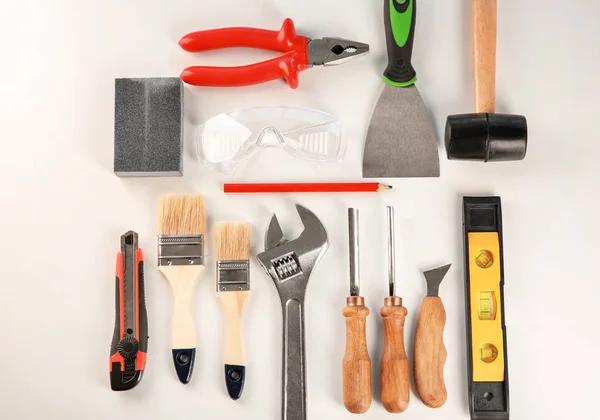Having a complete home repair tool kit is essential for any homeowner or renter, especially beginners who want to tackle basic maintenance tasks independently. A well-rounded tool kit can save time, money, and frustration by allowing you to address common household repairs without the need for professional assistance. While there are countless tools available on the market, focusing on versatile and practical items will help you build an efficient starter set that covers most needs.
The foundation of any tool kit begins with a reliable claw hammer. This versatile tool is perfect for driving nails into wood or removing them when necessary. Pairing it with a set of screwdrivers—both flathead and Phillips head—is equally important since screws are found in almost every piece of furniture or fixture in your home. Adjustable wrenches are another must-have item because they can accommodate various bolt sizes without requiring multiple fixed-size wrenches. For tightening nuts or assembling furniture, they’re indispensable.
A sturdy tape measure should also be included in your kit to ensure accurate measurements during projects like hanging shelves or cutting materials to size. Similarly, a utility knife is invaluable for cutting through packaging, trimming edges, or performing precision cuts on lightweight materials such as cardboard discover further and plastic. Pliers are another critical addition; needle-nose pliers offer precision work in tight spaces while standard slip-joint pliers provide better grip and leverage for gripping wires or bolts.
For electrical work around your home, having a voltage tester ensures safety by confirming whether outlets or wires carry current before you start working on them. A level is also crucial for ensuring straight lines when mounting pictures, mirrors, shelves, or curtain rods—it’s one of those small tools that makes a big difference in achieving professional-looking results at home.
Don’t forget about fasteners like nails and screws along with wall anchors if you’re mounting heavy objects onto drywall; these small components often make all the difference between success and failure during repairs. Lastly, invest in a durable toolbox to store everything neatly so tools remain organized and accessible whenever needed.
By assembling this selection of essential tools tailored toward beginner-friendly use cases, you’ll be prepared to handle routine fixes confidently while gradually building skills over time. With practice comes efficiency—and soon enough—you’ll find yourself tackling more complex projects effortlessly from the comfort of your own home!










